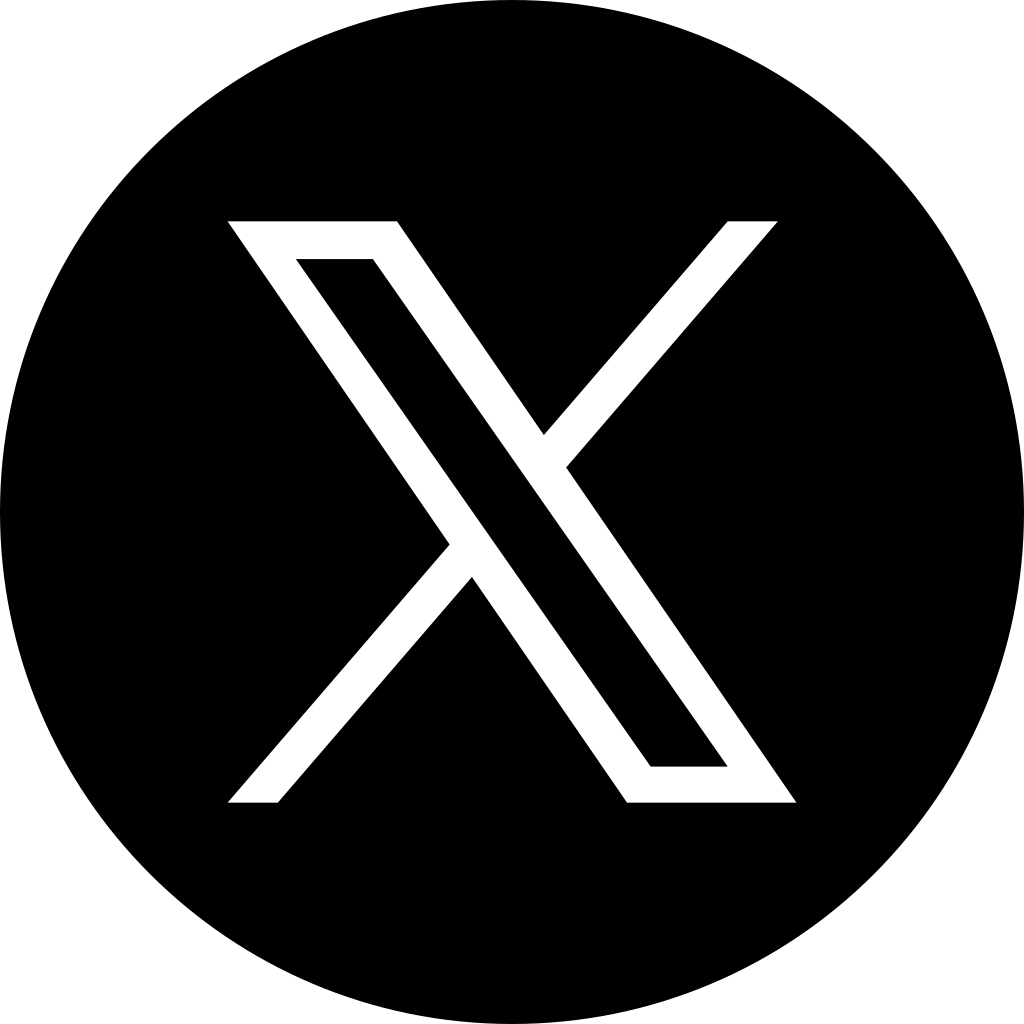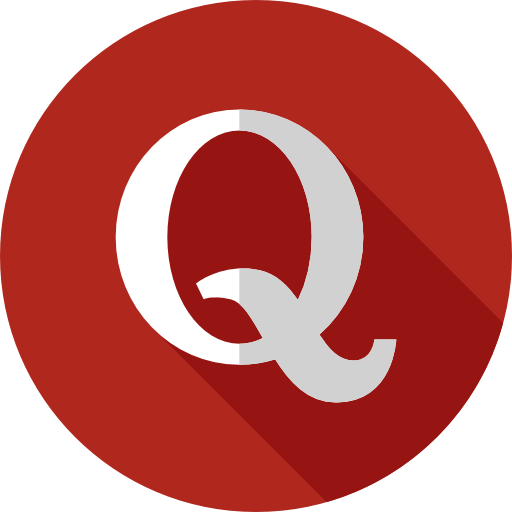Overview
This is a young but revenue-generating wellness brand specializing in hydrogen water bottles. With $2.1M+ lifetime sales and a cumulative net profit of $364k, the business demonstrates strong product-market fit in a growing niche tied to health, wellness, and biohacking trends.
The brand has built traction primarily through paid acquisition (Meta & Google Ads) with an average order value of $164 and an engaged customer list of over 18,500. Inventory worth $39,000 is prepaid and included in the sale, along with all IP, assets, and customer data.
The business shows flashes of scalability with high revenue months (e.g., $174k in Dec 2024) but also significant volatility and margin compression, raising questions about sustainability, customer experience, and operational resilience.
Key Insights
Website Performance & Brand Positioning
Website Speed & Design: The site is functional, clean, and wellness-oriented, though load times could be optimized. Presentation is professional but heavily reliant on “science-backed” messaging that risks being perceived as gimmicky if not substantiated.
Product Range: Limited SKU offering (primarily hydrogen water bottles) restricts upselling/cross-selling opportunities. Expansion into accessories or complementary wellness products could boost LTV.
AOV & CLV: $164 AOV is strong for a DTC brand. However, repeat purchase rates appear modest given the core product is a one-time durable good. CLV is likely low unless additional products are introduced.
Conversion Rate: Likely in the 1.5–2.5% range based on paid ad dependence, though seller data would need confirmation.
Customer Sentiment: Mixed. Positive reviews highlight perceived health benefits and good support from specific reps, while negative reviews point to product durability issues (batteries failing quickly) and poor customer service/returns policy. This creates reputational risk.
Marketing & Customer Acquisition
Channels: Heavy reliance on paid traffic (Meta & Google). SEO presence appears minimal, suggesting an underutilized growth lever.
CAC & Scalability: CAC is not disclosed but given ad-driven model, margins suggest customer acquisition costs are significant. Scalability depends on improving organic/influencer marketing and Amazon expansion.
Brand Positioning: Positioned as a premium wellness brand, but customer trust is fragile due to complaints about service and product reliability.
Financial Analysis
Revenue shows volatility with seasonal spikes (Nov–Dec) and sharp dips (Feb, Jul).
Profit margins have declined over time, from >20% to under 10% in recent months, suggesting rising CAC, higher ad costs, or weaker conversion efficiency.
Annualized profit margin: 17% (moderate but under pressure).
Multiples:
Profit Multiple: 0.6x (undervalued relative to eCom averages of 2–3x).
Revenue Multiple: 0.1x (very low, reflecting volatility and risk).
→ Suggests an affordable entry price if buyer is confident in stabilizing margins.
Marketing Performance
Paid Ads: Meta and Google ads drive most revenue. The seller actively tests creatives but performance fluctuates, reflecting possible ad fatigue.
Organic Growth: Weak SEO, no meaningful content strategy, limited influencer footprint. Represents both a weakness and an opportunity.
Email Marketing: 18,500+ list, underutilized but a strong owned channel for retention and repeat campaigns.
Operational Efficiency
Fulfillment: Bulk sourcing from China with prepaid inventory and a fulfillment partner. Lean operations, but exposure to supply chain risk and shipping delays.
Stock: $39,000 prepaid inventory included, lowers immediate working capital needs.
Management Load: Minimal largely ad and customer service oversight, making it suitable for delegation or absentee ownership.
Customer Data & Relationships
Customer List: ~18,900 customers with a 7,452 order history. Decent database for remarketing.
Reviews: Highly polarized. Some customers cite life-enhancing benefits, others accuse the company of being a gimmick with poor service. The lack of flexible returns/refunds amplifies negative sentiment.
Retention: Repeat purchase rate likely low, due to the nature of the product. Without diversification, long-term retention remains weak.
Legal & Compliance
Brand is trademarked and eligible for Amazon Brand Registry.
Potential liability risks if product claims (health benefits) are challenged without sufficient disclaimers. FDA and advertising compliance should be carefully reviewed before scaling.
Returns and warranty policies need to be restructured to avoid disputes.
Challenges Identified
Revenue Volatility – Heavy seasonal swings and declining margins.
Product Durability Issues – Battery failures and poor returns policy harm brand trust.
Customer Service Weakness – Multiple negative Trustpilot reviews highlight unresponsiveness.
Over-Reliance on Paid Ads – Lack of diversified traffic sources exposes business to platform risk.
Low Repeat Purchase Potential – Core SKU limits CLV and upsell opportunities.
Regulatory Risk – Health claims may face scrutiny in certain jurisdictions.
Recommendations
Product Diversification: Introduce accessories, replacement parts, or other wellness SKUs to lift CLV.
Improve Returns & Customer Service: Implement a more transparent policy to restore trust and reduce negative reviews.
Scale Organic Growth: Invest in SEO, influencer campaigns, and Amazon marketplace expansion.
Operational Improvements: Negotiate better unit economics with supplier, maintain quality control for batteries.
Legal Review: Ensure product claims and marketing comply with wellness regulations.
Evaluate Seller Motives: Confirm reasons for sale and probe deeper into declining profitability before acquisition.
Conclusion
The brand presents a rare opportunity: a young wellness brand with $2.1M+ in sales, established profitability, and undervalued multiples relative to peers. The $149,999 asking price appears attractive on paper.
However, challenges around customer sentiment, product reliability, and profit margin sustainability must not be underestimated. Success will hinge on addressing service issues, diversifying traffic sources, and broadening the product range to stabilize revenue and maximize CLV.
Verdict: A potentially undervalued acquisition with significant upside but only for a buyer willing to invest in brand repair, operational tightening, and marketing diversification.












